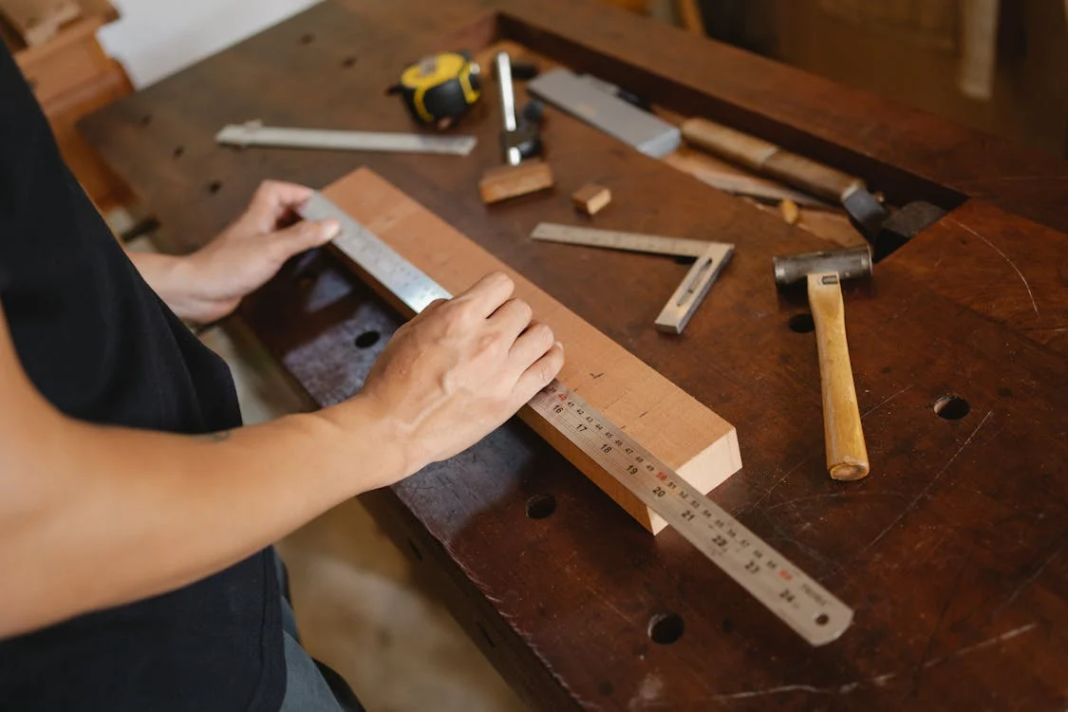Maintaining the vital water systems in your home is crucial for ensuring a comfortable and safe living environment. Two key components of this are water heater installation and sump pump discharge line repair. Proper care and timely upgrades of these systems can prevent significant issues and promote efficiency in your household water management.
Importance of Water Heater Installation
A water heater is indispensable for modern living, providing hot water for showers, washing dishes, and laundry. Here are some reasons why proper installation is vital:
Energy Efficiency:
A professionally installed water heater ensures optimal performance, reducing energy consumption and lowering utility bills.
Longevity of the System:
Correct installation by experts prevents potential issues that could shorten the lifespan of your water heater.
Safety:
Improper installation can lead to hazards such as gas leaks or electrical problems. A professional ensures all safety protocols are followed.
Warranty Compliance:
Many manufacturers require professional installation to validate the warranty. This protects your investment in the long run.
Steps for Water Heater Installation
- Choosing the Right Heater:
Consider factors like size, type (tankless or tank), and energy source (gas or electric). - Professional Installation:
Hire a certified plumber to ensure the installation meets local codes and safety standards. - Regular Maintenance:
Schedule annual check-ups to maintain efficiency and detect potential issues early.
Addressing Sump Pump Discharge Line Issues
A sump pump is crucial for preventing basement flooding by directing excess water away from your home. The discharge line plays a key role in this process, and its repair is essential for effective water management.
Preventing Flooding:
A properly functioning discharge line ensures water is efficiently moved away from your home, reducing the risk of basement flooding.
Avoiding Water Damage:
Regular inspection and repair of the discharge line prevent water damage to your foundation and landscaping.
Maintaining Pump Efficiency:
A clogged or damaged discharge line forces the pump to work harder, reducing its lifespan and increasing energy costs.
Common Issues with Sump Pump Discharge Lines
- Blockages:
Debris, ice, and dirt can block the discharge line, causing water to back up and potentially flood your basement. - Pipe Damage:
Cracks, leaks, or breaks in the line reduce the system’s efficiency and can lead to significant water damage. - Incorrect Slope:
The discharge line should have a proper slope to ensure water flows away from the house without pooling.
Sump Pump Discharge Line Repair Steps
Here are the steps for sump pump discharge line repair.
- Inspect Regularly:
Regular inspections help detect blockages or damage early. - Clear Blockages:
Remove debris and ensure the line is clear, especially before rainy seasons. - Repair or Replace Damaged Sections:
Replace any cracked or broken pipes to maintain system efficiency. - Ensure Proper Slope:
Adjust the discharge line to ensure it slopes away from your home, preventing water from pooling near the foundation.
Integrated Home Maintenance Plan
Combining regular maintenance of your water heater and sump pump discharge line can significantly enhance your home’s water management system. Here’s how to integrate both into your home maintenance routine:
Schedule Annual Inspections:
Have professionals inspect your water heater and sump pump system annually to ensure they are in optimal condition.
Keep a Maintenance Log:
Document all inspections, repairs, and installations to track the health of your water systems.
Educate Your Household:
Ensure everyone in your home knows the importance of these systems and the signs of potential problems.
Budget for Upgrades:
Allocate funds for necessary upgrades and replacements to avoid unexpected expenses.
By focusing on these essential aspects of home maintenance, you can ensure a reliable water supply and effective flood prevention, protecting your home and enhancing your quality of life.



